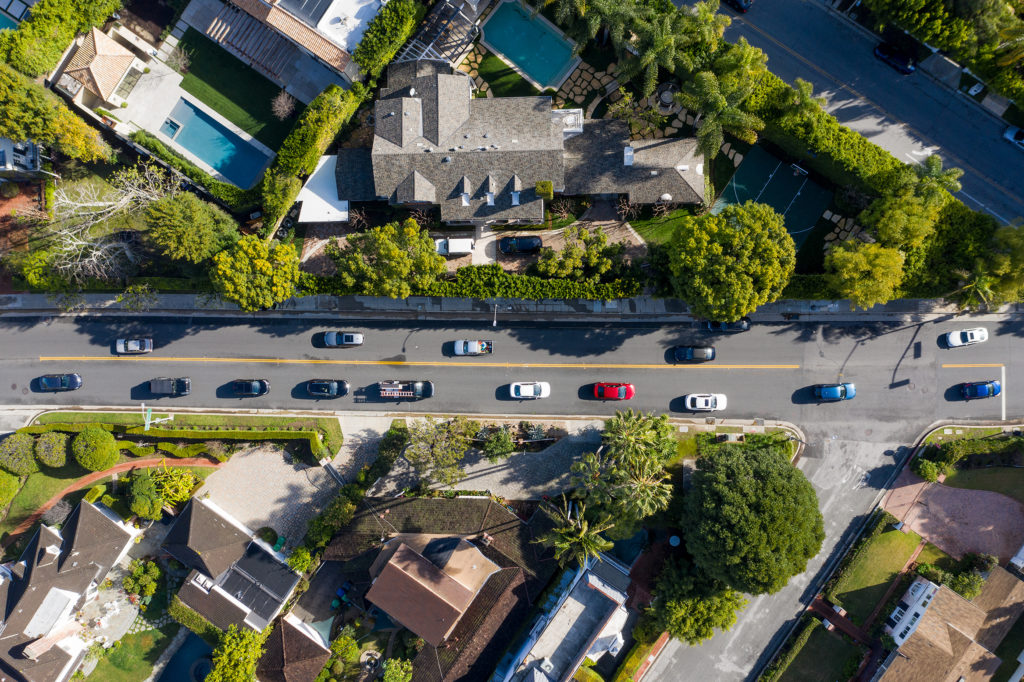
There are more than 7 million licensed drivers in Los Angeles County. Together they drive about 225 million miles a day. The good news: They have more than 500 miles of freeways, nearly 8,000 miles of arterials and about 13,000 miles of local streets — all together more than 21,000 miles of roadways on which to do all that driving. The bad news: Even with all those choices, they all seem to be letting Waze send them down our street, through our neighborhood, on those previously secret “locals only” routes we take to work and home. In short, they’re now all driving where we drive.
One particularly disturbing outcome: Our neighborhoods are no longer the quiet refuges from the congestion of metro L.A. that we once enjoyed. Instead, they are an extension, generated by an algorithm, of the traffic jam that seems to have consumed all of Southern California. The old suburban cliché of telling our kids to go outside and play in the street is now an implicit invitation for them to go out and risk their lives dodging cars, not balls.
Rational, but unsympathetic, navigational programs like Waze have unintended — and unanticipated — consequences. Their sophisticated technology may save individual drivers a few minutes in their commute, but the rest of us pay for those minutes in the form of more traffic on our residential streets. Is that Waze’s fault? Or is it the result of our collective failure to make effective land use and transportation policy decisions?
Waze isn’t responsible for our freeway-dependent sprawl nor our Metro lines that don’t serve useful destinations. Waze doesn’t narrow streets for underutilized bike lanes or fail to synchronize traffic signals. These issues can only be resolved through effective public policy decisions and the individual transportation choices we each make — including letting technology show us the way home.
Peter Hoffman is associate professor of geography and director of the Urban Studies Program in the LMU Bellarmine College of Liberal Arts.
This article appeared in the spring 2019 issue (Vol. 9, No. 1) of LMU Magazine.
